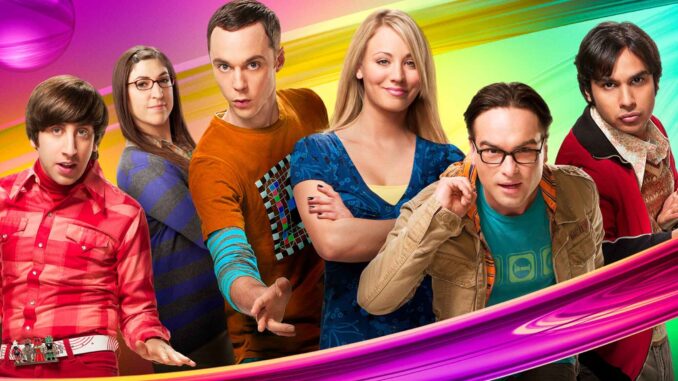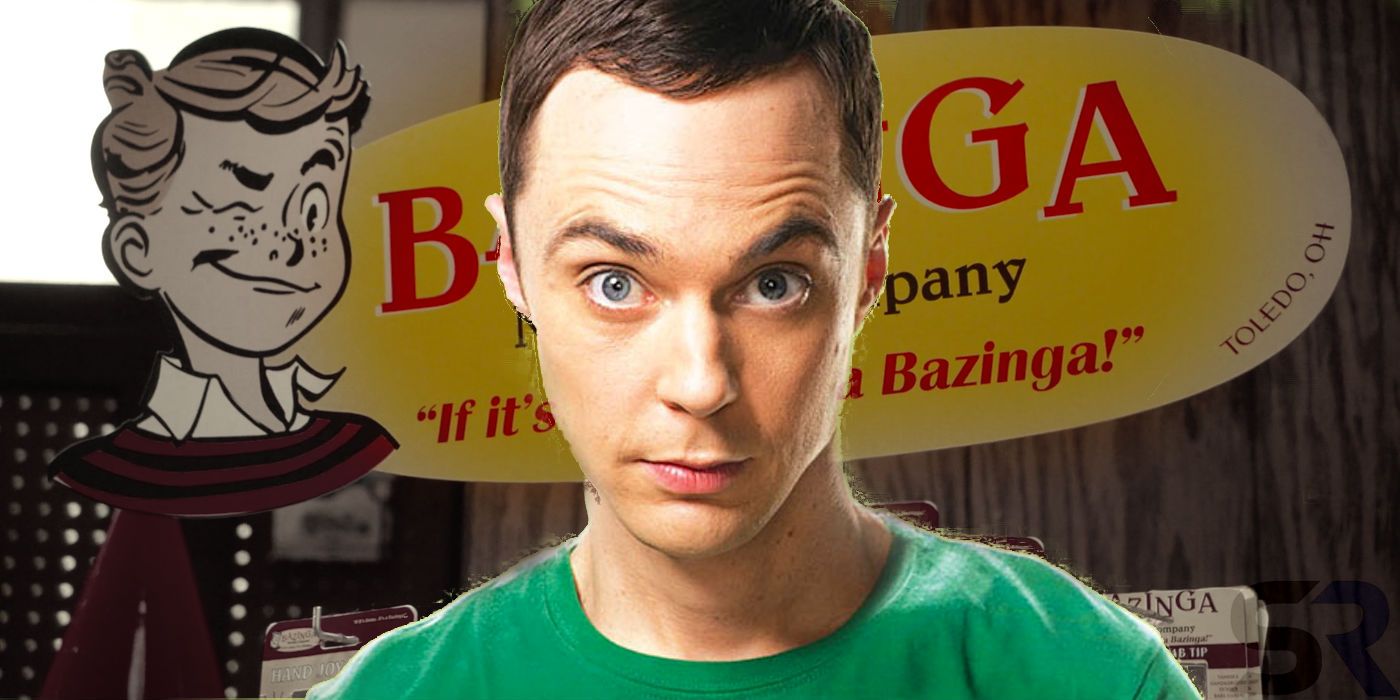
When The Big Bang Theory premiered in 2007, few could have predicted the cultural wave it would create. It was, on paper, a niche sitcom about a group of scientists and their awkward adventures in socialization. But over twelve seasons, the show evolved into a pop culture juggernaut—beloved globally, quoted endlessly, and foundational to the television landscape of the 21st century.
From catchphrases to comic book culture, The Big Bang Theory didn’t just entertain audiences—it changed how “nerd culture” was seen and embraced by the mainstream.
Catchphrases That Took on a Life of Their Own
“Bazinga!” was originally a one-off punchline. A silly word Sheldon Cooper used to highlight a prank. But it quickly transcended its original context. By the time the show hit its stride in Season 4, “Bazinga” was everywhere—on t-shirts, coffee mugs, greeting cards, and even used as a name for a species of jellyfish (true story: Bazinga rieki was named in honor of the show).
The phrase became shorthand for the show itself. More than just a joke, “Bazinga!” captured the playful, awkward, and surprising spirit of Sheldon and, by extension, the show’s tone.
Other lines like “I’m not crazy. My mother had me tested,” and “It’s a non-optional social convention” embedded themselves in meme culture and internet lexicon. Even viewers unfamiliar with the show could recognize the rhythm and humor of a Sheldon quote.
Nerd Culture Goes Mainstream
Before The Big Bang Theory, comic books, tabletop gaming, and physics lectures were often relegated to basement stereotypes. After the show? They were cool—or at least cool enough to dominate prime-time television for over a decade.
The characters’ unapologetic love for Star Trek, Doctor Who, The Lord of the Rings, and Dungeons & Dragons opened doors for millions of fans who saw their interests mirrored on-screen. What once made people feel isolated became a source of community.
Comic-Con attendance skyrocketed during the show’s peak. Sales of vintage action figures, collectible comics, and science kits soared. Geek culture, once niche, became a major part of pop culture.
In many ways, The Big Bang Theory helped create a world where being smart and quirky wasn’t just tolerated—it was celebrated.
Celebrities Who Wanted In
Part of the show’s magic was its ability to attract high-profile guest stars who weren’t just famous—they were relevant to the characters’ interests. Legendary scientist Stephen Hawking appeared multiple times. So did Star Trek icons like Leonard Nimoy, George Takei, Brent Spiner, Wil Wheaton, and LeVar Burton.
Pop culture icons like Mark Hamill (Star Wars), Bill Nye the Science Guy, and Buzz Aldrin made memorable cameos. Even Elon Musk made an appearance—cementing the show’s strange but powerful grip on the intersection of science and celebrity.
These cameos weren’t gimmicks. They were tributes to the things the characters (and the fans) truly loved. It created a feedback loop: the more the show embraced its nerdy identity, the more powerful its cultural reach became.
Merchandising and a Media Empire
The Big Bang Theory became one of the most merchandised sitcoms in modern history. You could walk into any major store—Target, Walmart, Hot Topic—and find Sheldon bobbleheads, Soft Kitty plush toys, Bazinga hoodies, and Big Bang Theory LEGO sets.
The show even inspired educational games, trivia apps, and science-themed products that made learning physics or math seem… oddly fun.
In syndication, the series broke records. Reruns aired daily across dozens of countries, making the characters and their quirks instantly recognizable even to those who never watched from the beginning.
By the time it ended, TBBT had generated billions in revenue and spun off a successful prequel (Young Sheldon), ensuring its place in media history.
Influence on Other TV Shows

The ripple effect of The Big Bang Theory can be seen in the rise of shows that mix intellect, humor, and emotional depth. Series like Silicon Valley, Mythic Quest, and Abbott Elementary carry echoes of the formula: take a niche, previously overlooked group and tell their stories with wit and heart.
Even children’s programming saw a boost in science representation. Characters who loved space, math, or engineering became more visible—encouraging kids to explore STEM interests without stigma.
And inside the world of sitcoms, TBBT proved that science could be funny, that friendship could be weirder than romance, and that audiences would tune in for stories built on specificity rather than stereotypes.
A Legacy Beyond the Screen
Perhaps the most enduring legacy of The Big Bang Theory is how it normalized difference. The characters were neurodiverse, socially awkward, emotionally complex, and frequently baffled by the world—but they were never dehumanized.
They loved passionately. They failed frequently. And they found joy in things that many shows would mock.
Sheldon, Leonard, Howard, Raj, Penny, Bernadette, and Amy didn’t represent everyone—but they offered a reflection of people who had rarely been center stage. And for twelve years, they held that space with humor, dignity, and heart.
Conclusion: A Pop Culture Supernova
The Big Bang Theory didn’t just ride the wave of geek culture—it helped create it. It took niche interests and made them global. It built a sitcom empire out of science jokes and emotional vulnerability. And it left behind a legacy that continues to echo through reruns, references, and fan devotion.
In the words of Sheldon Cooper himself: “Bazinga.”
That one word, silly as it is, represents an entire era—one where intelligence, awkwardness, and a passion for knowledge finally got the laugh they deserved.
